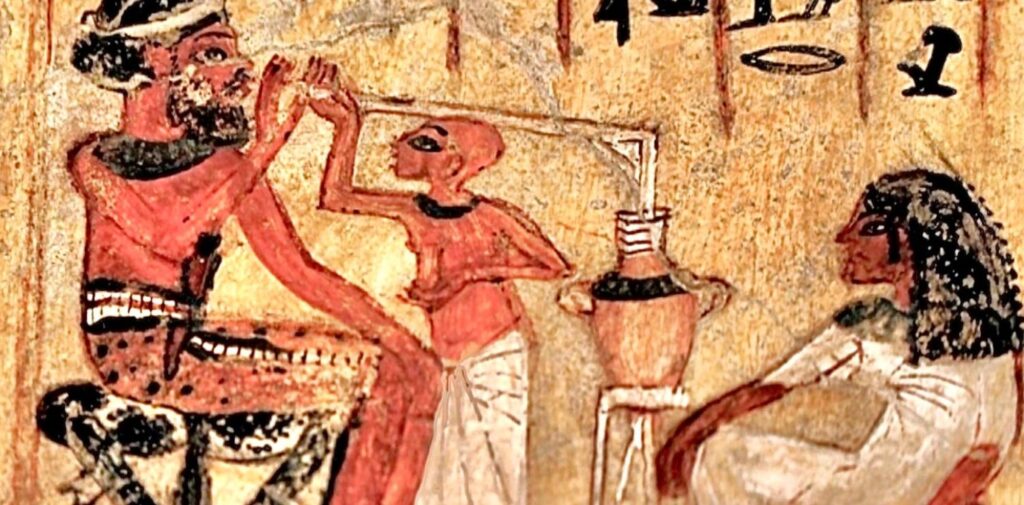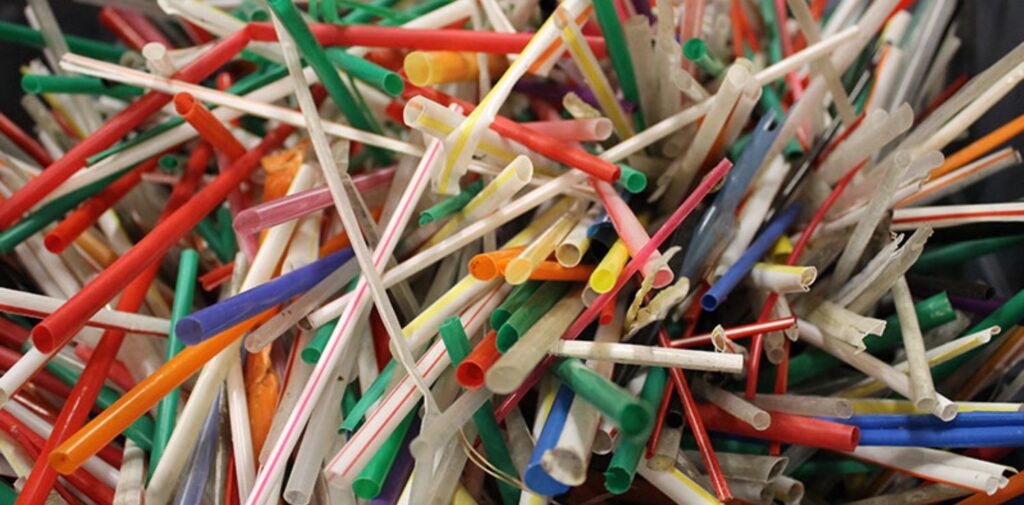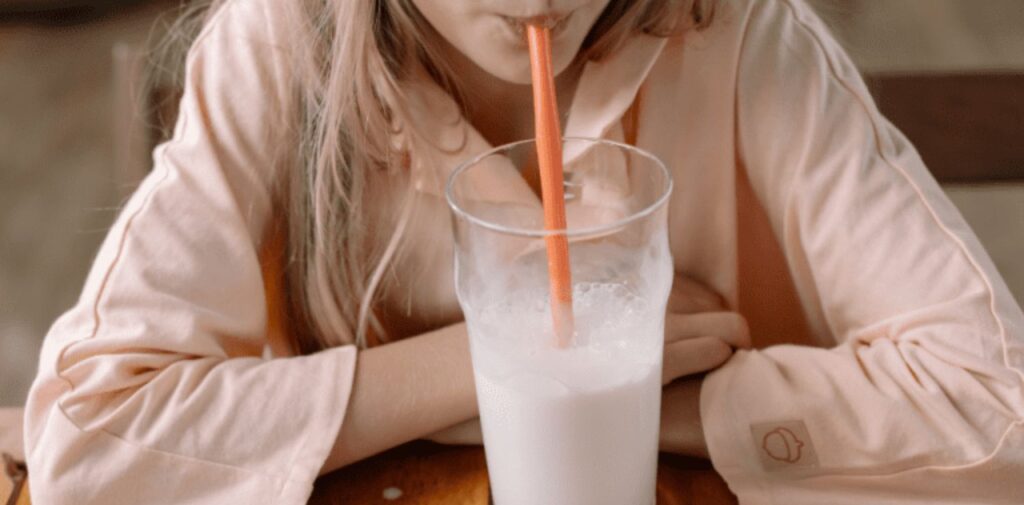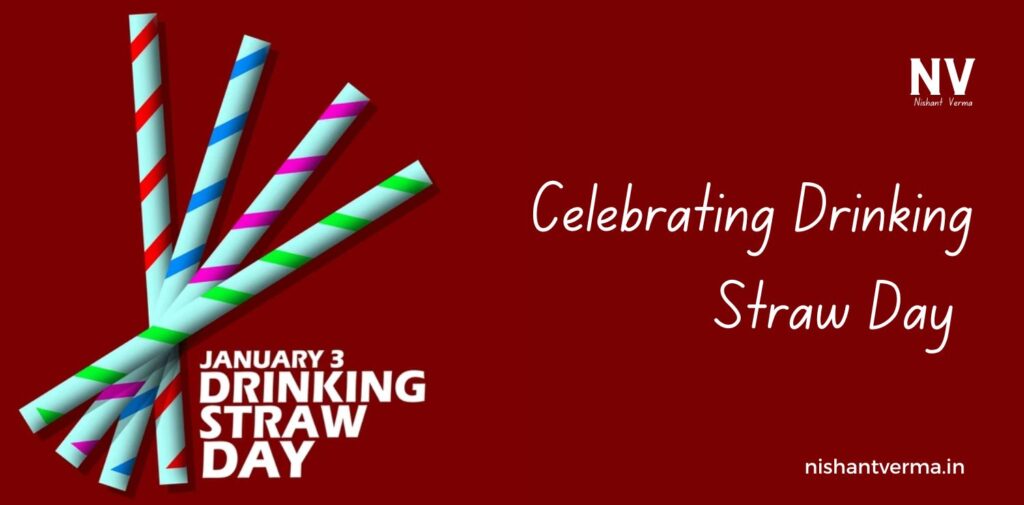Celebrating Drinking Straw Day, observed on January 3rd every year, is a fun and unique day dedicated to the humble drinking straw. This simple yet essential item is used by millions of people worldwide to enjoy their favorite drinks. Whether it’s a glass of water, juice, milkshake, or soda, a drinking straw makes the experience a little more enjoyable and convenient. But have you ever thought about the history, importance, and impact of drinking straws? Let’s take a closer look at this seemingly simple tool on its special day.
The History of Drinking Straws
The story of drinking straws goes back to ancient times. People have been drinking liquids through straws for thousands of years. The first known straws were made from materials like reeds or hollow plant stems. In fact, the very first drinking straw was discovered in ancient Mesopotamia (modern-day Iraq) around 5,000 years ago. It was made from gold and was used by royalty to drink beer!
The modern drinking straw as we know it today was invented in the 19th century. In 1888, an American inventor named Marvin C. Stone created the first paper straw. Before this, people would often use a reusable straw made of metal or glass. Stone’s invention became very popular, especially for soft drinks like soda. He created the straw by winding paper around a pencil, gluing it together, and then cutting it to a specific length.
In the 1960s, plastic straws became common because they were cheaper to produce and more durable. Over the years, plastic straws have become a part of our daily lives. They are often given out in restaurants, cafes, and homes, making it easy to sip our favorite drinks.

Why Drinking Straws Are So Important
Drinking straws may seem like a small and unimportant item, but they have several benefits. Here are some reasons why drinking straws are important:
- Convenience – Straws make drinking liquids much easier, especially for people who have difficulty holding a glass or for young children who are learning how to drink on their own. They allow us to sip our drinks without having to tilt the glass.
- Hygiene – Straws help keep the inside of a glass clean. When you drink from a glass, your lips touch the rim, which can transfer germs. A straw helps avoid this, especially in public places like restaurants or cafes.
- Health Benefits – Drinking straws can also help protect your teeth. For example, if you’re drinking sugary or acidic drinks like cola or orange juice, using a straw can help minimize the contact between the drink and your teeth, reducing the risk of cavities and tooth erosion.
- Accessibility – Straws are especially useful for people with disabilities or special needs. Some individuals, like the elderly or those with physical impairments, find it easier to drink through a straw than from a cup.
The Problem with Plastic Straws
While drinking straws have many benefits, there is a growing concern about the environmental impact of plastic straws. Plastic straws are one of the most common items found in ocean pollution. They are not biodegradable, meaning they do not break down over time. When they are thrown away carelessly, they can end up in rivers, lakes, and oceans, causing harm to wildlife.
Marine animals, like turtles and fish, often mistake plastic straws for food. This can lead to choking or internal injuries. In some cases, animals can die from consuming plastic waste. The issue has become so serious that many countries, including India, are taking steps to reduce the use of plastic straws and encourage the use of alternatives.
In India, the government has made efforts to ban single-use plastic items, including plastic straws, in many cities. People are now being encouraged to use reusable or biodegradable alternatives, such as paper, bamboo, or stainless steel straws. Some restaurants and cafes are also offering straws only when customers specifically ask for them.

Alternatives to Plastic Straws
As the world moves towards reducing plastic waste, there are many eco-friendly alternatives to traditional plastic straws. Some of the most popular alternatives include:
- Paper Straws – Made from biodegradable paper, these straws are a great alternative to plastic. They are widely available and are already being used by many restaurants and cafes in India.
- Bamboo Straws – Bamboo is a fast-growing, sustainable material that can be used to make straws. Bamboo straws are reusable, durable, and eco-friendly.
- Metal Straws – Stainless steel straws are another eco-friendly option. They are strong, durable, and can be reused many times. Many people even carry their own metal straws in their bags to avoid using plastic ones when they’re out.
- Glass Straws – Glass straws are a stylish and reusable alternative. They are easy to clean and come in various colors and shapes.
- Silicone Straws – These straws are soft, flexible, and reusable. They are a popular choice for families with small children as they are safe and comfortable to use.
Celebrating Drinking Straw Day in India
On Drinking Straw Day, people around the world take a moment to reflect on the role that straws play in our daily lives. In India, this day can be an opportunity to spread awareness about the environmental impact of plastic straws and encourage the use of eco-friendly alternatives. Schools, environmental organizations, and cafes can organize events to teach people about the importance of reducing plastic waste.
You can also use this day to make small changes in your life. Consider switching to reusable or biodegradable straws, or even bring your own straw when you go out. If you are a business owner, you can start offering paper or metal straws to your customers instead of plastic ones. Small steps like these can make a big difference in protecting the environment.

Conclusion
Drinking Straw Day is a reminder of the importance of a simple object that we often take for granted. From its invention to its environmental impact, the humble drinking straw has a lot to teach us. As we celebrate this day, let’s also think about how we can reduce our use of plastic and make more sustainable choices for the future. Whether you’re enjoying a glass of sugarcane juice on a hot day or sipping coconut water by the beach, let’s do our part to protect the environment while enjoying our favorite drinks.




